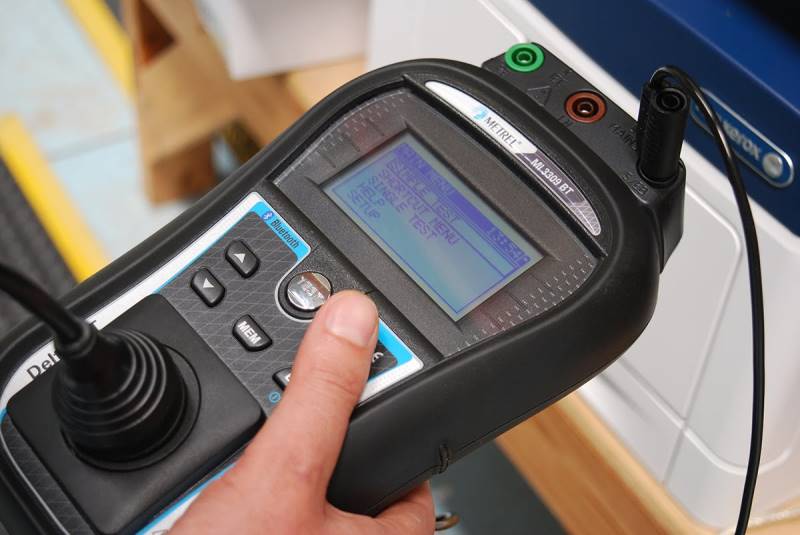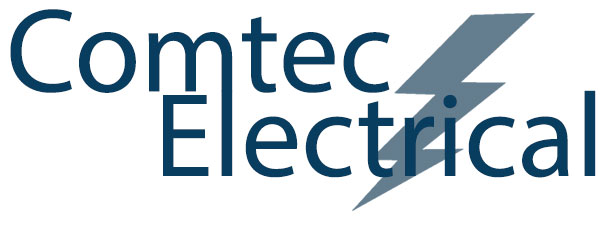Testing and Tagging

Testing and Tagging in the Workplace
Equipment is visually inspected followed by connection to our Electrical Portable Appliance Tester. If the equipment passes, it is fitted with a durable bar-coded tag. Should the appliance fail, we will consult with our clients to work out a cost-effective solution to repair or replace.
At Comtec Electrical our testing equipment provides a computer-generated report and registers all of the entire test followed up by test date scheduling.
Testing of newly purchased electrical equipment
The purpose of this procedure is to reduce the risk of personal injury and property damage.
When the equipment is new, the supplier is deemed responsible for the initial electrical safety of the equipment. New equipment need not be tested but should be examined by the Workplace Manager and/or Management OHS Nominee for obvious damage and be issued with a ‘New to Service’ tag. Where deemed in good condition, the equipment should be tested as per the frequencies prescribed in the Electrical Equipment Testing Frequency Guide. The following information should be included on the tag:
- Wording “new to service”
- Pass / Fail
- Date of entry to service
- Date when next test is due
Testing of flexible cords used as installation wiring
Where a flexible cord (e.g. power cord) is fixed or supported (e.g. by a chain) and cannot be readily removed and not subject to wear and tear, it can be considered part of the installation wiring and will not require testing and tagging. The Workplace Manager should arrange for a visual inspection of the flexible cord to be conducted quarterly and documented in the relevant Workplace Inspection Checklist.
Double adapters and power boards
Double adapters are not to be used in any workplace.
The Workplace Manager and/or Management OHS Nominee should source power boards where additional electrical outlets are required. Power boards obtained must comply with AS/NZS 3105 and be tested in accordance with the Electrical Equipment Testing frequency Guide.
Extension leads
The Workplace Manager and/or Management OHS Nominee, where extension leads are used, must ensure that they comply with AS/NZS 3199 and tested in accordance with the Electrical Equipment Testing frequency Guide.
An extension lead should:
- have plugs with three metal cores (pins)
- be placed carefully around furniture to avoid being pinched
- preferably be secured e.g. taped to the floor or along wall edges
- not be placed near heaters
- not connected in a piggy back manner
- not placed under carpet or rugs to avoid over heating
- selected for the intended purpose (e.g. heavy duty lead is used for outdoor / garden works).
